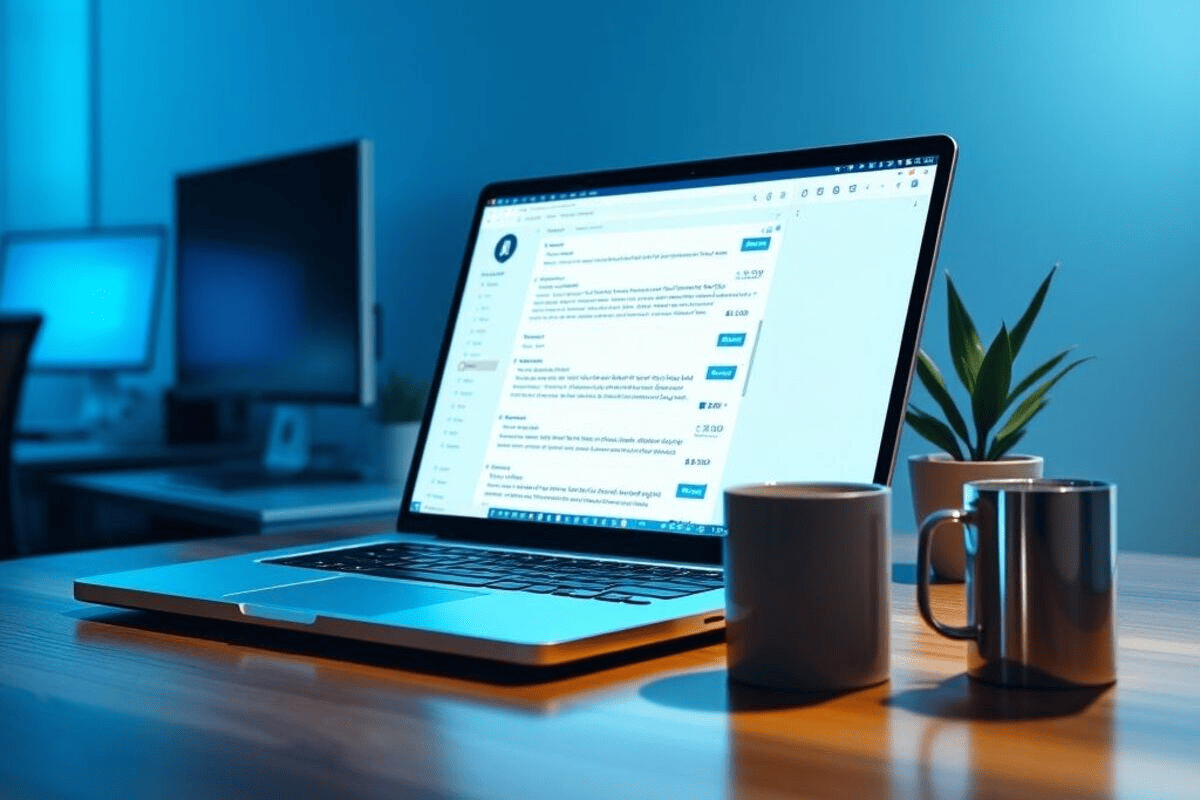
Common Mistakes to Avoid in Professional Emails
In today's fast-paced digital world, email remains a crucial tool for communication in the workplace. However, the informal nature of emails can sometimes lead to misunderstandings and unprofessionalism if certain mistakes are made. Here’s a look at some of the most common errors you should avoid to ensure your professional emails convey the right message and maintain a positive image.
- Lack of Clarity and Purpose: One of the biggest mistakes in professional emails is failing to convey a clear message. Before writing, take a moment to define the purpose of your email. Are you requesting information, providing an update, or scheduling a meeting? Start with a concise subject line that summarizes the email's content. This clarity helps the recipient understand the importance and respond appropriately.
- Ignoring the Recipient's Perspective: When writing an email, it’s essential to consider the recipient’s viewpoint. Avoid using jargon or technical language that may not be familiar to them. Always tailor your message to the audience; for example, an email to a client should be more formal than one directed at a colleague. Additionally, be mindful of the recipient's time—get to the point quickly and avoid unnecessary details.
- Poor Formatting and Structure: A well-structured email is easier to read and understand. Use short paragraphs and bullet points to break up large blocks of text. A good rule of thumb is to keep paragraphs to no more than three or four sentences. Also, ensure proper use of headings and spacing. This not only makes your email visually appealing but also helps the recipient grasp the information more efficiently.
- Neglecting to Proofread: Spelling and grammatical errors can undermine your credibility and professionalism. Always take the time to proofread your email before hitting send. Simple mistakes can distract from your message or lead to misunderstandings. If possible, read your email out loud to catch any awkward phrasing or errors you might have missed.
- Overusing Reply All: While the "Reply All" function can be useful, it can also lead to unnecessary clutter in everyone's inbox. Use it judiciously; only include those who need to be part of the conversation. If your response is relevant to only one person, reply directly to them instead. This practice respects the recipients' time and keeps communications streamlined.
- Being Too Informal: While it’s essential to build rapport with colleagues, being overly casual in professional emails can come off as unprofessional. Avoid slang, emojis, and overly familiar language unless you are sure that it is appropriate for your company culture and your relationship with the recipient. Maintain a level of professionalism in your tone, even in friendly correspondence.
- Failing to Include a Call to Action: Every professional email should ideally include a call to action. Whether you want the recipient to respond, confirm a meeting, or complete a task, make sure to specify what you expect from them. This clarity encourages prompt responses and ensures that your email achieves its purpose.
Check your emails before sending them
By following these tips, you can improve the quality of your emails and reduce the likelihood of errors, which will help you maintain a professional image in your communications.
Here are some valuable tips for proofreading your emails before hitting the send button:
- Read Aloud: Reading your email out loud can help you catch awkward phrasing, run-on sentences, or errors that you might overlook when reading silently. Hearing the words can also help you assess the tone of your message.
- Check the Recipient: Ensure that you are sending the email to the correct person. Double-check the email address to avoid sending sensitive information to the wrong recipient. Be cautious with the "Reply All" function—only include those who need to be part of the conversation.
- Review the Subject Line: Make sure your subject line is clear and accurately reflects the content of your email. A well-crafted subject line helps the recipient understand the importance of your message at a glance.
- Proofread for Grammar and Spelling: Take advantage of spelling and grammar check tools available in your email client, but don’t rely solely on them. Manually proofreading your email is crucial to catch any mistakes that automated tools might miss.
- Check Formatting: Ensure that your email is visually appealing and easy to read. Use short paragraphs, bullet points, and proper spacing to break up text. A well-formatted email enhances readability and comprehension.
- Verify Links and Attachments: If your email includes links, make sure they work and lead to the correct pages. If you are attaching files, double-check that the right documents are attached before sending.
- Assess Tone and Style: Make sure the tone of your email matches the context and the recipient. Maintain a professional yet friendly tone, keeping in mind the relationship you have with the person you’re writing to.
- Include a Signature: Don’t forget to add your email signature, which should contain your contact information. This makes it easy for the recipient to reach out to you if needed.
- Take a Break: If time allows, step away from your email for a few minutes or even hours before reviewing it again. A fresh perspective can help you identify mistakes or unclear sections more easily.
- Use Drafts: If you’re unsure about the content of your email, save it as a draft. Revisit it later with a clear mind to make any necessary adjustments.
Conclusion

In conclusion, avoiding these common mistakes can significantly improve the effectiveness of your professional emails. By ensuring clarity, considering the recipient, formatting properly, proofreading carefully, using "Reply All" wisely, maintaining professionalism, and including clear calls to action, you can enhance your communication skills and foster better relationships in the workplace. Remember, a well-crafted email can make a lasting impression and contribute positively to your professional image.